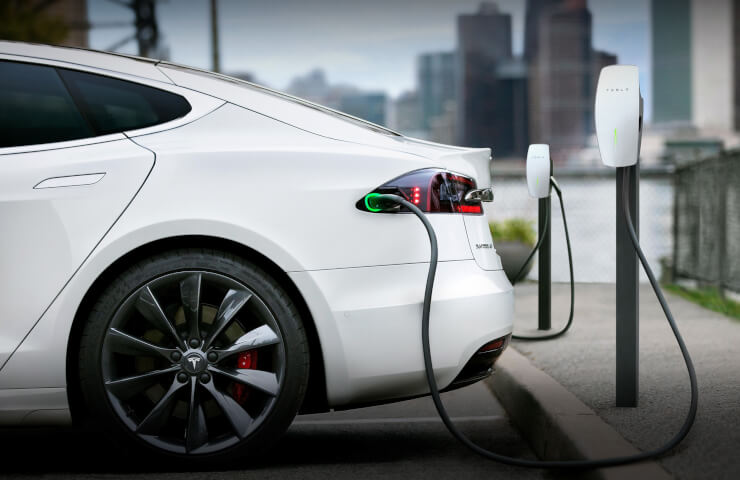A lithium-ion battery that uses copper and copper nanowires to create a larger internal structure can be charged up to 60 percent in 6 minutes, Chinese researchers at Hefei University of Science and Technology have said. This more efficient battery could one day power electric vehicles, potentially allowing drivers to travel farther without having to wait for the car to be fully charged.
Batteries that primarily use lithium-ion fillers also use binders to create a hard anode that tends to randomly distribute particles, resulting in slower charging times.
To solve these problems, Chinese scientists have developed a lithium-ion battery with a structured anode, the battery's positive electrode.
Lithium battery anodes are usually made of graphite particles through which charge flows, and these particles are usually arranged in a rather random pattern. The researchers organized the particles in order of their size and tuned a property of the electrode known as porosity.
Their battery was charged from zero to 60 percent and 80 percent in 5.6 and 11.4 minutes, respectively, while maintaining a high energy reserve.
Researchers did not report time to 100 percent charge. Electric vehicle manufacturers often recommend charging cars up to 80 percent to extend battery life. Tesla typically charges from 40 to 80 percent in 40 minutes to an hour.
In order to order the particles by size and porosity, Chinese scientists coated graphite anode particles with copper and mixed with copper nanowires. Then the particles were heated, cooled and compressed, setting an ordered structure.
Unfortunately, additional operations such as heating and cooling the anode can seriously increase the cost of a traditionally cheaper battery component.




